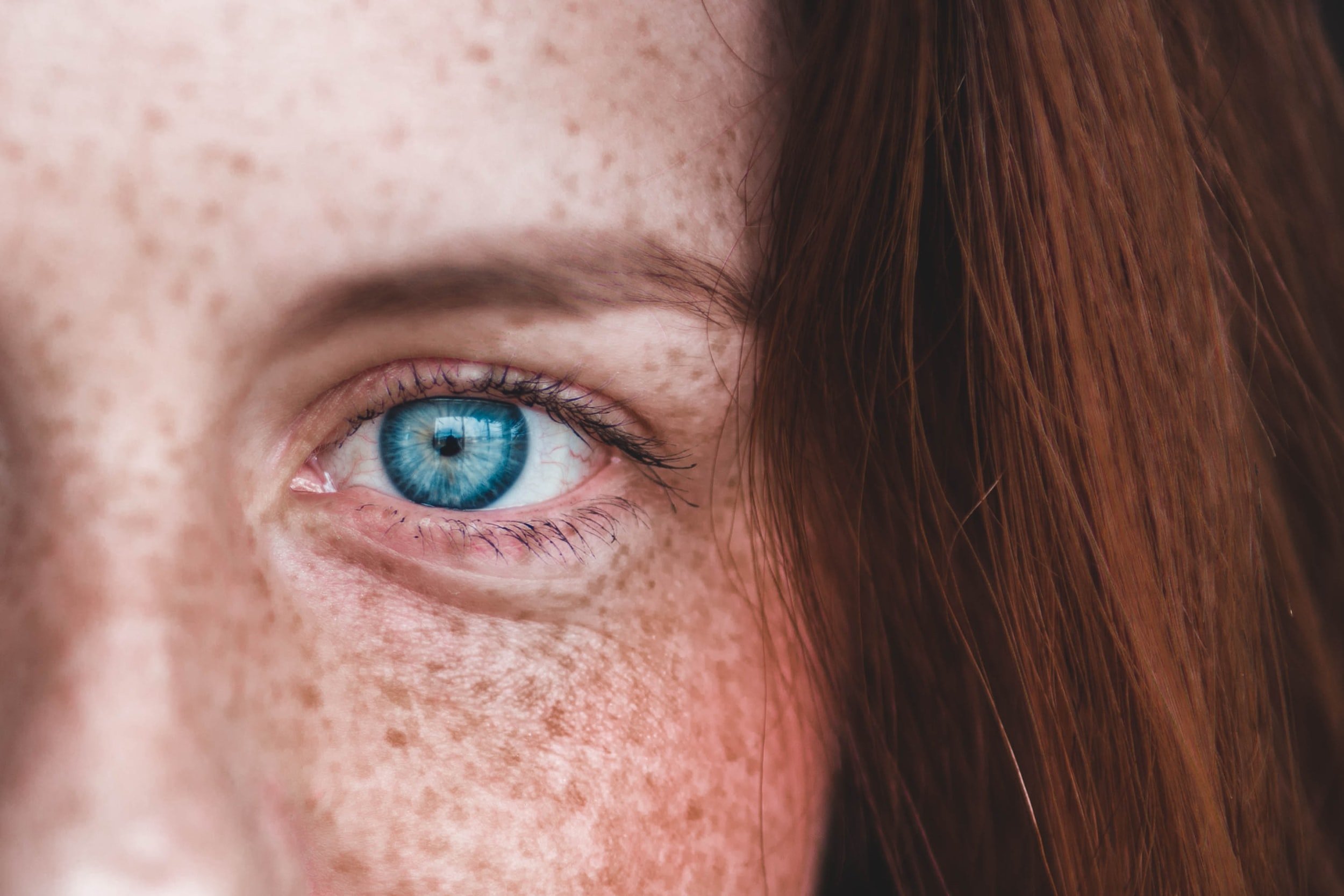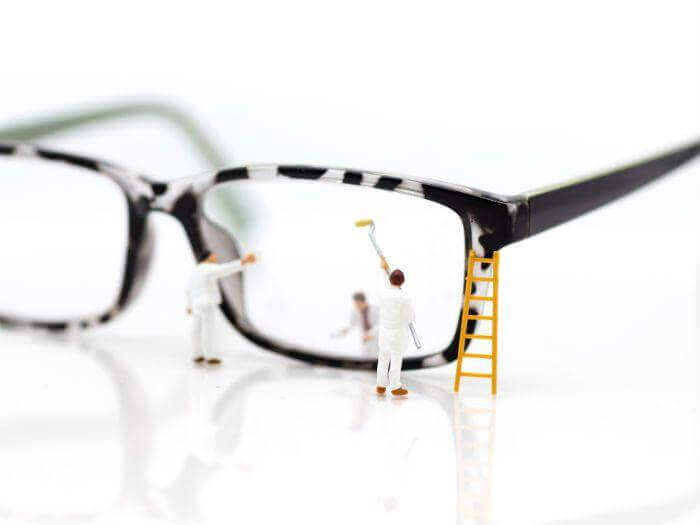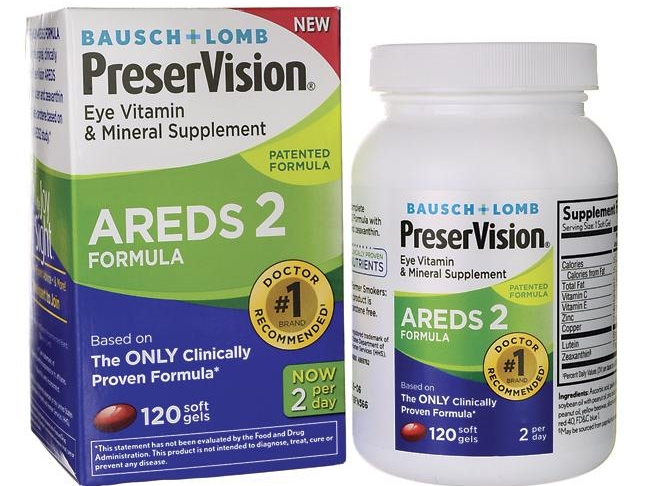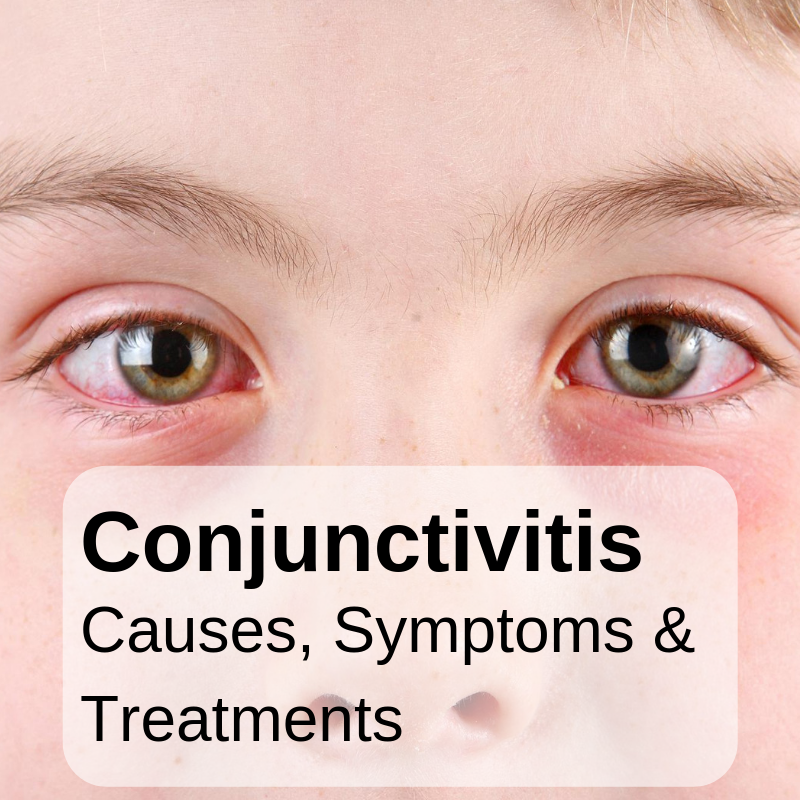Blepharitis —Causes, Symptoms & Treatment Options
/Blepharitis is an inflammation of the eyelids which casues the formation of red, itchy, dandruff-like scales around the eyelashes —the condition is often chronic and becomes more and more difficult to treat as its severity increases.
If you understand blepharitis you can identify and treat it while it’s still in it’s early stages. In this short guide, we are going to talk about its causes, symptoms, and how to treat it.
Causes of Blepharitis
Blepharitis occurs in two forms:
Demodex feeding on the biofilm
Anterior blepharitis affects the outside front of the eyelid, where the eyelashes are attached. The two most common causes of anterior blepharitis are bacteria (Staphylococcus) and scalp dandruff. Less commonly, allergies or a mite infestation of the eyelashes can cause anterior blepharitis.
Posterior blepharitis affects the inner eyelid (the moist part that makes contact with the eye) and is caused by problems with the oil (meibomian) glands in this part of the eyelid. Two skin disorders can cause this form of blepharitis: acne rosacea, which leads to red and inflamed skin, and scalp dandruff (seborrheic dermatitis).
So, now that we know the causes of blepharitis, how does it occur?
For starters, the inflammation is caused by the overgrowth of bacteria that live at the base of the eyelashes and along the margins of the eyelids. As these bacteria multiply out of control, they produce a biofilm. Over time, the biofilm becomes toxic, and this toxic biofilm is what attracts eyelash mites, known as demodex, which feed on it and multiply, worsening the inflammation of the eyelids.
While all this is happening, the bacteria in the biofilm produce substances known as exotoxins that cause the inflammation of the oil-secreting glands (also known as meibomian glands) in the eyelids.
The blocking of these oil secreting glands causes a condition known as meibomian gland dysfunction which leads to further eyelid discomfort and dry eyes.
There are a number of symptoms that you will experience as the condition progresses
Symptoms of Blepharitis
Itchy eyelids
Burning or stinging eyelids
Irritated, watery eyes
Crusty debris at the base of the eyelashes
Red swollen eyelids
Sensitivity to light
Loss of eyelashes
Lashes that grow irregularly
Crushed eyelashes when you wake up
Greasy eyelashes
You won’t necessarily have all of these symptoms at once. It all depends with the severity of the condition.
Additionally, blepharitis also causes contact lens discomfort which forces many people to quit using contact lenses.
Treatment
When you go to your doctor, he or she will determine the cause of your eyelid inflammation and check your eyes to decide what type of blepharitis treatment is best for you. Once the inflammation has been diagnosed, he or she will recommend one of the following treatment procedures:
Eyelid Scrubs
Your doctor will recommend a daily routine of lid scrubs and warm cloth compresses to remove the buildup of biofilm and excess bacteria from the margin of the eyelid. The daily scrubbing will help in clearing dried oils on your eye lids too. This procedure is easy to perform at home. Eyelid scrubs are widely available over the counter or you can use a wash cloth with baby shampoo.
Health Center Treatments
While eyelid scrubs at home work very well, the condition may be so severe that your doctor recommends professional treatment.
There are other procedures that the doctor can use in the office, which include;
Electromechanical lid margin debridement – this procedure is applied to remove biofilm, bacteria, and demodex mites from your eyelids and clear up clogged meibomian glands.
Mechanical lid debridement - The doctor will use a small metal spade to scrape the lid margin to remove the buildup of waxy deposits on the lid margins.
Medicated Eye Drops
If the condition had deeply affected your eyes to an extend of causing a pink eye or other eye related infection, the doctor will prescribe medicated eye drops and/or ointments to cure the infections.
If you think you or someone you know needs medical treatment for their blepharitis condition, you can schedule an appointment with one of Midtown Optometry’s expert opticians.
Living With Blepharitis
Since blepharitis is a chronic disease with a high chance of recurrence , you’ll need to maintain good lid hygiene to clear the bacteria as well as the mites, and lid cleaning must become part of your regular routine.
To begin, wash your hands thoroughly and then dampen a washcloth with warm water (nearly hot).
Close your eyes and then gently place the washcloth on your eyelids for several minutes, the gently rub your eyelid margin with the washcloth adding a small amount of baby shampoo as a detergent — remember to be gentle on your eyes. You can also use specific lid scrubs bought at the store.
A cotton-tipped swab also works well to isolate the lid margin. As you gently apply the solution around the edges of your eyelids both upper and lower, be careful not to let any of the solution get in contact with your eyes.
By maintaining high levels of hygiene, blepharitis will never get beyond control. It doesn’t take long to clean your eyelids. As long as you keep them clean, you’ll avoid this very common problem.
For more tips on how you can maintain proper eyelid hygiene to combat chronic blepharitis, watch this short video



































